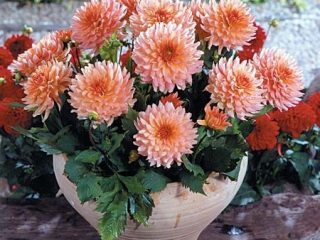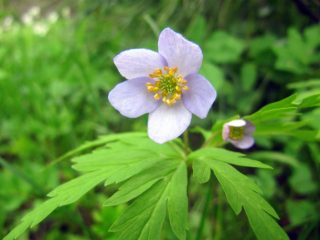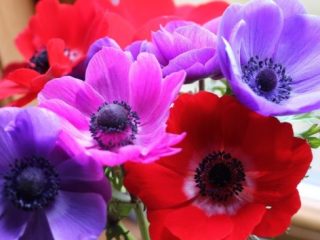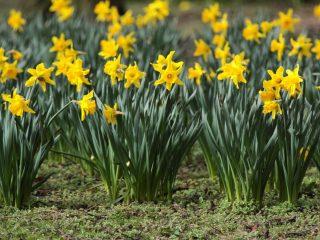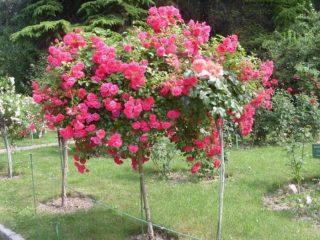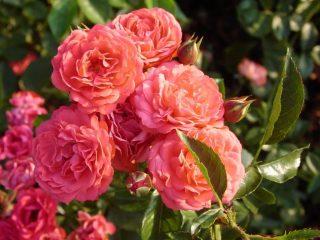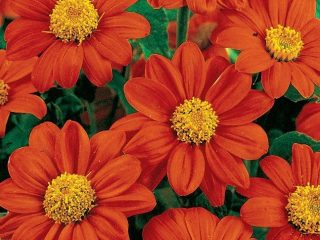Content
Tritelia friable Queen Fabiola is a rather rare bulbous plant. It combines the duration and abundance of flowering with the original appearance of flowers and compactness. However, the wide spread of the crop in Russia is hampered by not very high cold resistance and demanding growing conditions.
Origin story
Tritelia loose Queen Fabiola, less commonly found on sale as Queen Fabiola, is a variety bred in the Netherlands. In its homeland it is called Koningin Fabiola. It received its name in honor of the Queen Consort of Belgium, née Fabiola de Mora i Aragon, wife of King Baudouin I.
Nowadays in Europe Queen Fabiola is the most common variety of tritelia friable. It is actively grown not only in flower beds, but also for cutting into bouquets.
Description of tritelium and loose Quinn Fabiola
Queen Fabiola is a selective hybrid bred on the basis of tritelia friable. This is an endemic crop, in nature it is found exclusively in the southwest of North America.
This is a corm perennial.The corms are small (2.5-3 cm in diameter), in the shape of a rounded cone.
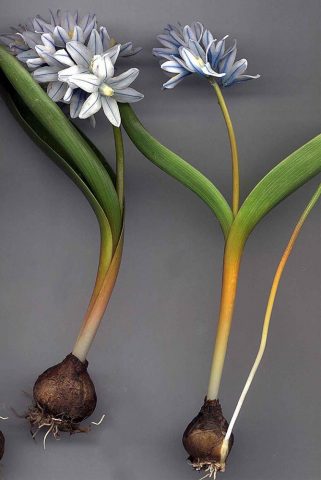
The outer scales of the bulbs are tight-fitting, dry, creamy beige or light brown
The height of tritelia loose Queen Fabiola varies between 30-70 cm. The stems are erect, round, smooth to the touch. Possible slightly visible roughness at the base.
Each corm produces 1-3 leaves. They are smooth to the touch, lanceolate in shape, tapering from base to tip, 60-70 cm long and 8-10 cm wide.
The inflorescences are apical, the flowers are collected in an openwork umbrella of 10-30 pieces. The flowers of Tritelia loose Quin Fabiola are funnel-shaped, star-shaped, six-petaled, about 3 cm in diameter. The petals have pointed tips. The main color is blue-violet, with a darker longitudinal stripe running down the center. But depending on the quality of the substrate, lighting and other factors, the shade of the petals of Tritelia loose Queen Fabiola can vary from pale blue to purple and burgundy.
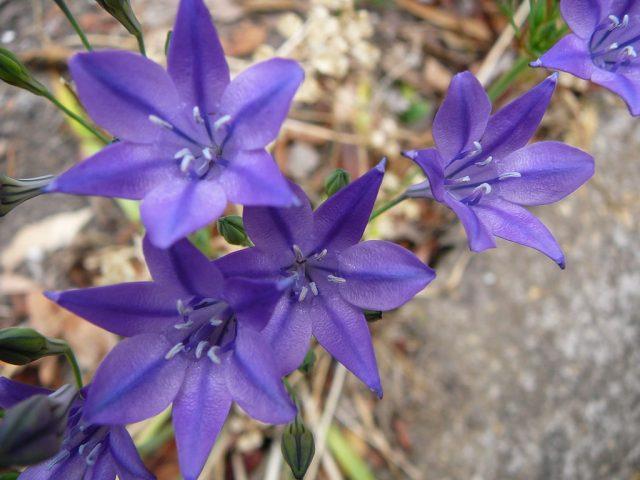
The flowers are completely devoid of scent
The beginning of flowering occurs at the junction of May-June. It lasts 30-45 days, depending on the climate in the region and the weather. If you grow tritelia friable Queen Fabiola in a greenhouse or in a pot, re-blooming is possible at the end of September or beginning of October, lasting up to 12-15 days.
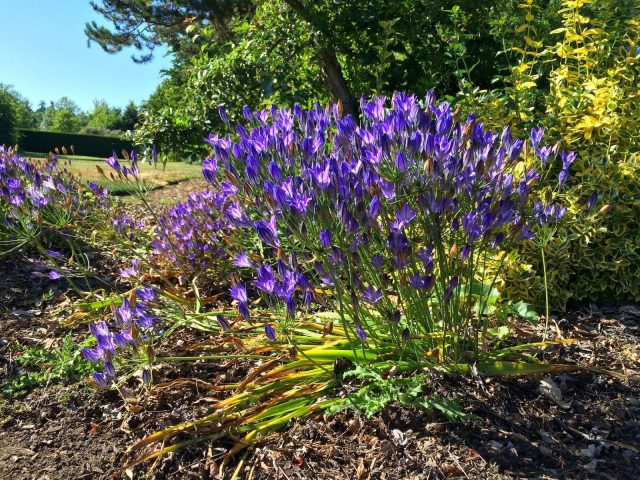
In open ground, repeated flowering is often observed in the southern Russian regions
Winter hardiness of tritelia Queen Fabiola
In terms of cold resistance, the plant belongs to USDA zone 6.Corms are able to overwinter successfully or with minimal damage in the soil if its temperature does not drop below -23 °C. In more severe conditions, they will have to be dug up or a permanent shelter constructed.
Advantages and disadvantages
In stores, tritelia friable Queen Fabiola is often sold as brodiaea. The second name was given to it in honor of its discoverer, the Scottish botanist James Brodie.
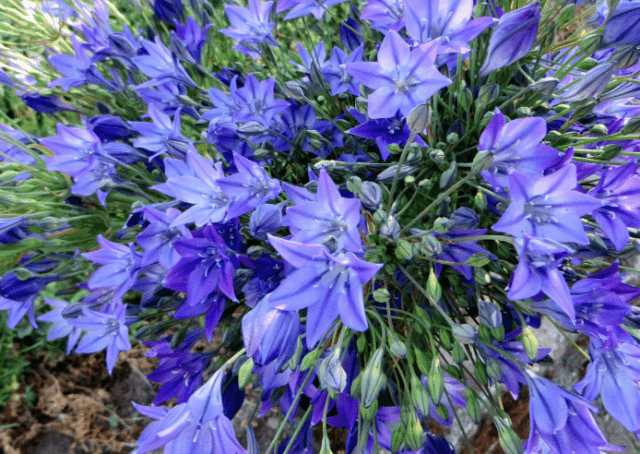
After cutting, loose tritelia Queen Fabiola remains presentable for 7-10 days
Pros:
- originality and rarity of the plant;
- long and fairly abundant flowering;
- ease of reproduction;
- wide possibilities of use in landscape design;
- compactness, meaning the ability to grow at home and as a container crop;
- extremely rare cases of damage by diseases and pests.
Minuses:
- insufficient cold resistance for many Russian regions;
- demanding conditions of growth and quality of the substrate;
- lack of scent in flowers.
Planting tritelia loose Quinn Fabiola
Tritelia friable Queen Fabiola grows best and blooms most profusely in direct sunlight or in very light partial shade. Other requirements for the landing site:
- the presence of protection from cold drafts and strong winds with good aeration;
- a lightweight, yet humus-rich substrate with a neutral pH that allows air to reach the roots and does not retain water.
The crop is planted both in spring (April-May) and autumn (September-October), taking into account the peculiarities of the local climate.The approximate interval between corms is 10-12 cm. They are buried into pre-moistened soil by 7-8 cm, slightly screwed into the ground. The planted bulbs are sprinkled with loose fertile soil, carefully compacted, and watered moderately.
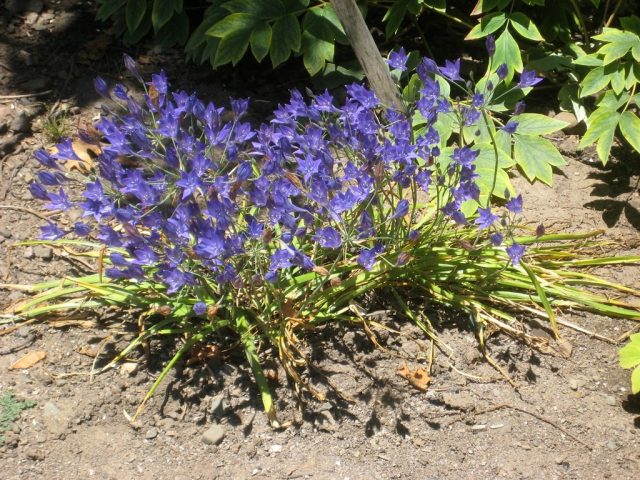
In the shade, flowering time is reduced
Caring for Tritelia friable Queen Fabiola
Agricultural technology includes the following activities:
- Watering. From the moment the leaves appear until they dry completely, the soil should always be moderately moist, the rest of the time it should be dry. Indoor specimens are watered once every 4-7 days, outdoor ones - taking into account precipitation.
- Feeding. Apply weekly throughout the active growing season. Use only specialized fertilizers for bulbous perennials.
- Digging up corms. When the leaves begin to wilt, it is necessary to mark their location to avoid mechanical damage. Dig up the bulbs only when the leaves are completely dry.
- Preparing for winter. In regions with a climate suitable for the crop, a layer of mulch 3-5 cm thick is sufficient. If a harsh winter is expected, its thickness is increased to 10-15 cm, and the flowerbed is covered with 2-3 layers of covering material.
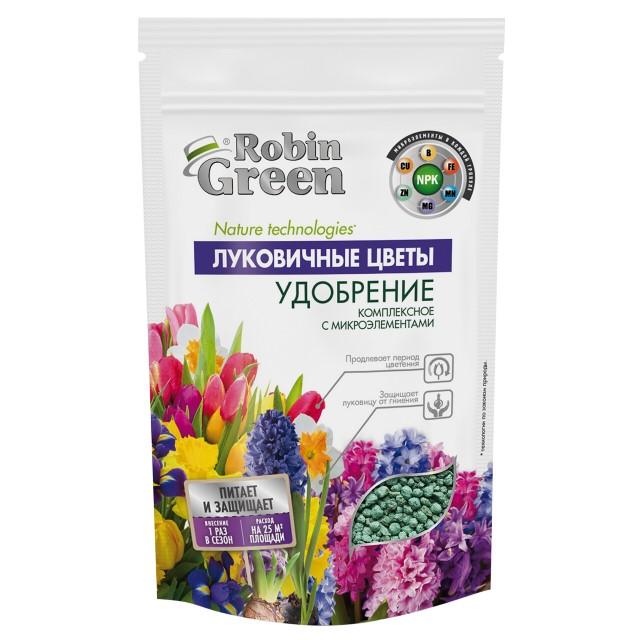
Once flowering is over, you can’t stop feeding.
Reproduction methods
In principle, the flower can be propagated by seeds, including those collected independently, but this method is not popular among gardeners. It requires a lot of time and careful care of the seedlings. In addition, new specimens will have to wait at least three years for flowering.
The simplest method of propagation, provided by nature itself, is with the help of daughter corms.They are separated when dug up for wintering, and until spring they are kept in a dark, cool place with low air humidity and good ventilation.
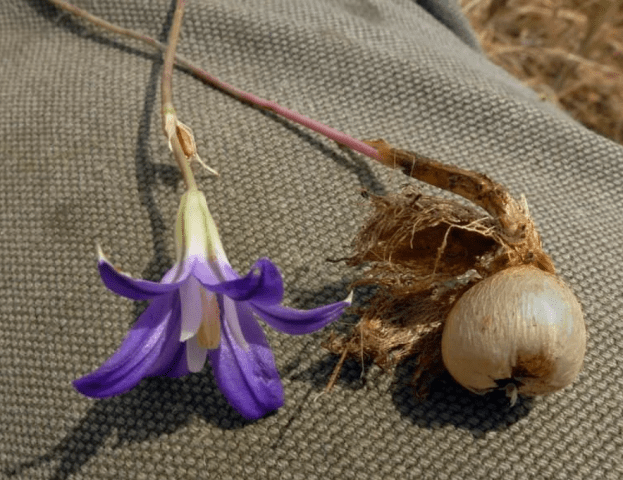
Daughter corms are formed on the mother corm every season
Application in landscape design
Solo tritelia friable Quinn Fabiola does not look good in flower beds due to its compactness. It is better to plant it in large groups, at least 8-10 corms, creating the effect of a flower bouquet.
In addition, tritelia friable Queen Fabiola is suitable for border plantings, rock gardens, rockeries, and gravel gardens. Since she does not remain decorative throughout the season, she needs to choose companions:
- perennial geranium;
- geranium;
- cuff;
- nerina (nerine);
- nigella;
- felt peg;
- sedum;
- any ornamental herbaceous plants.
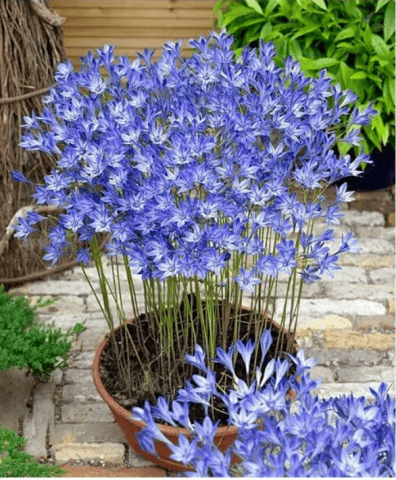
Such bunches look beautiful both in the middle of a well-groomed lawn and in multi-component compositions in flower beds and large pots
Conclusion
Tritelia friable Queen Fabiola is a bulbous garden perennial known by the nicknames summer crocus and California hyacinth. The culture requires careful attention and a competent choice of place for planting, but for taking into account its requirements it thanks the gardener with bright, abundant and fairly long-lasting flowering.
Reviews of tritelya Queen Fabiola

